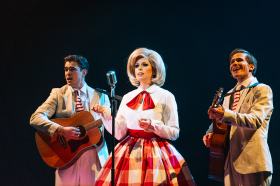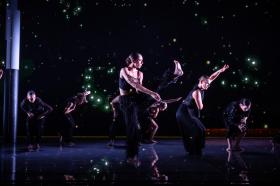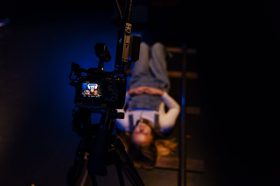At the end of this week, Timothy ‘Tim’ Jones leaves the Seymour Centre at the University of Sydney, where he has served as Artistic Director and General Manager since January 2009.
His 16-year tenure at the multi-venue Seymour Centre has ensured the institution is an essential part of Sydney’s cultural landscape. One example of his transformative work was the creation of an annual arts education program, which engages over 35,000 school students annually, and has forged key partnerships with the University of Sydney’s faculties and schools through productions such as Made to Measure by Alana Valentine (Charles Perkins Centre) and Transparency by Suzie Miller (Sydney Law School).





